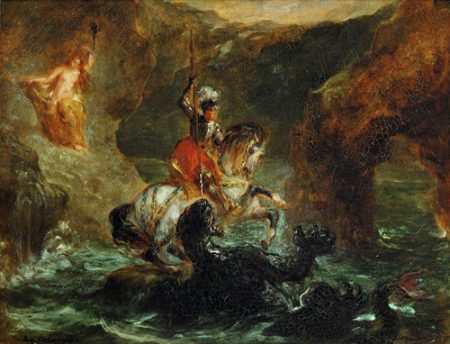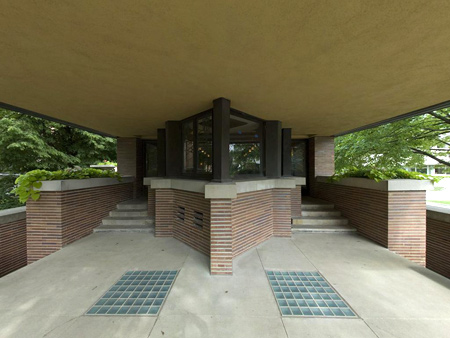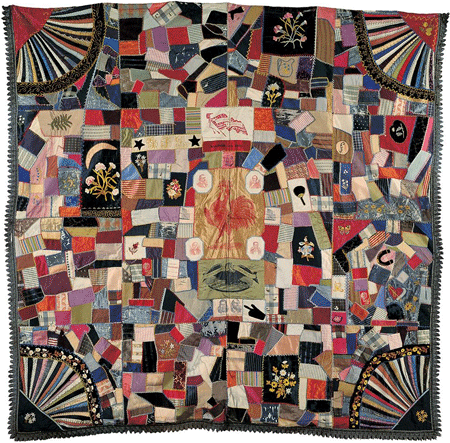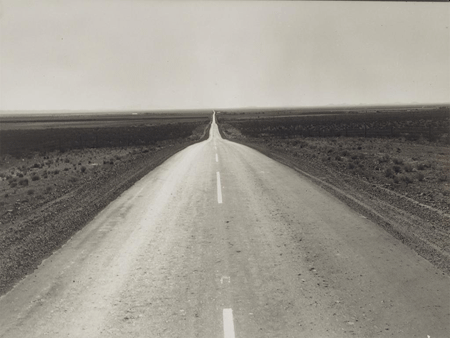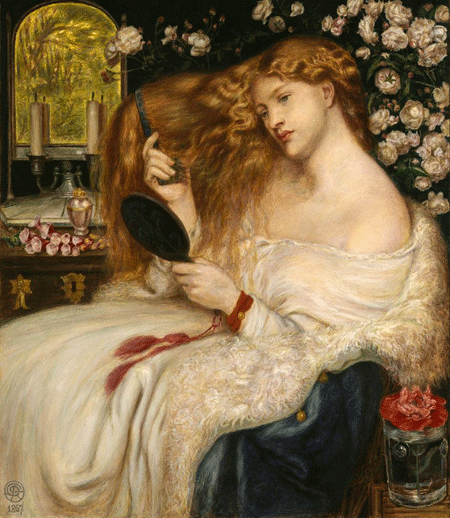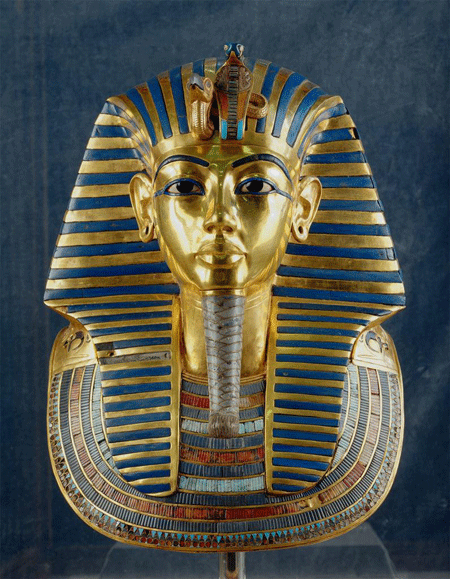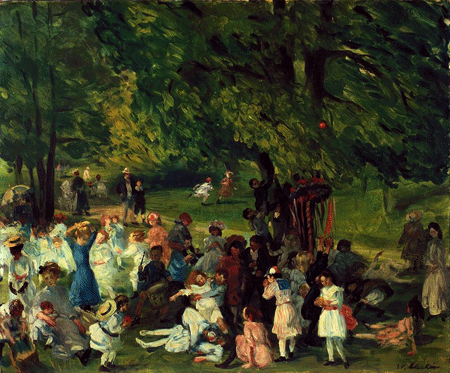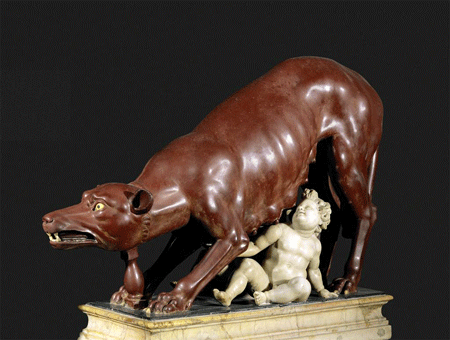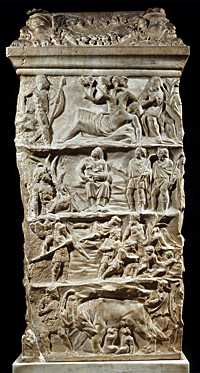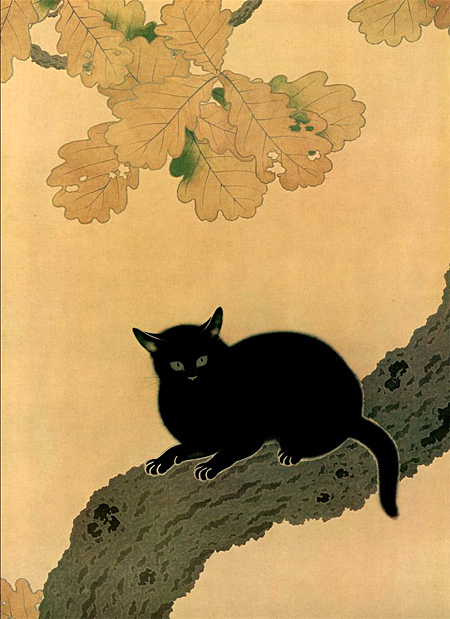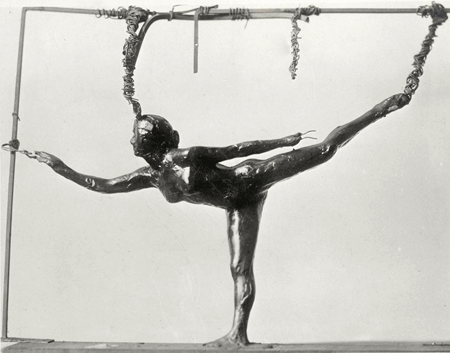
Edgar Degas | Arabesque over the right leg, left arm in line, 1882-1895 | yellow-brown wax | Photograph by Gauthier| Musee d’Orsay, Paris, France | Image and original data provided by Réunion des Musées Nationaux / Art Resource, N.Y. artres.com
Edgar Degas is primarily known for his painting, having exhibited only one sculpture during his lifetime: The Little Fourteen-Year-Old Dancer, shown in the sixth Impressionist exhibition in Paris in 1881. It was not until after his death in 1917 that more than 150 pieces of sculpture of dancers, horses, and nudes, mostly made of wax, clay, and plastiline (a type of modeling clay), were discovered in his studio (read the intriguing story of the posthumous castings on the Metropolitan Museum of Art website).








